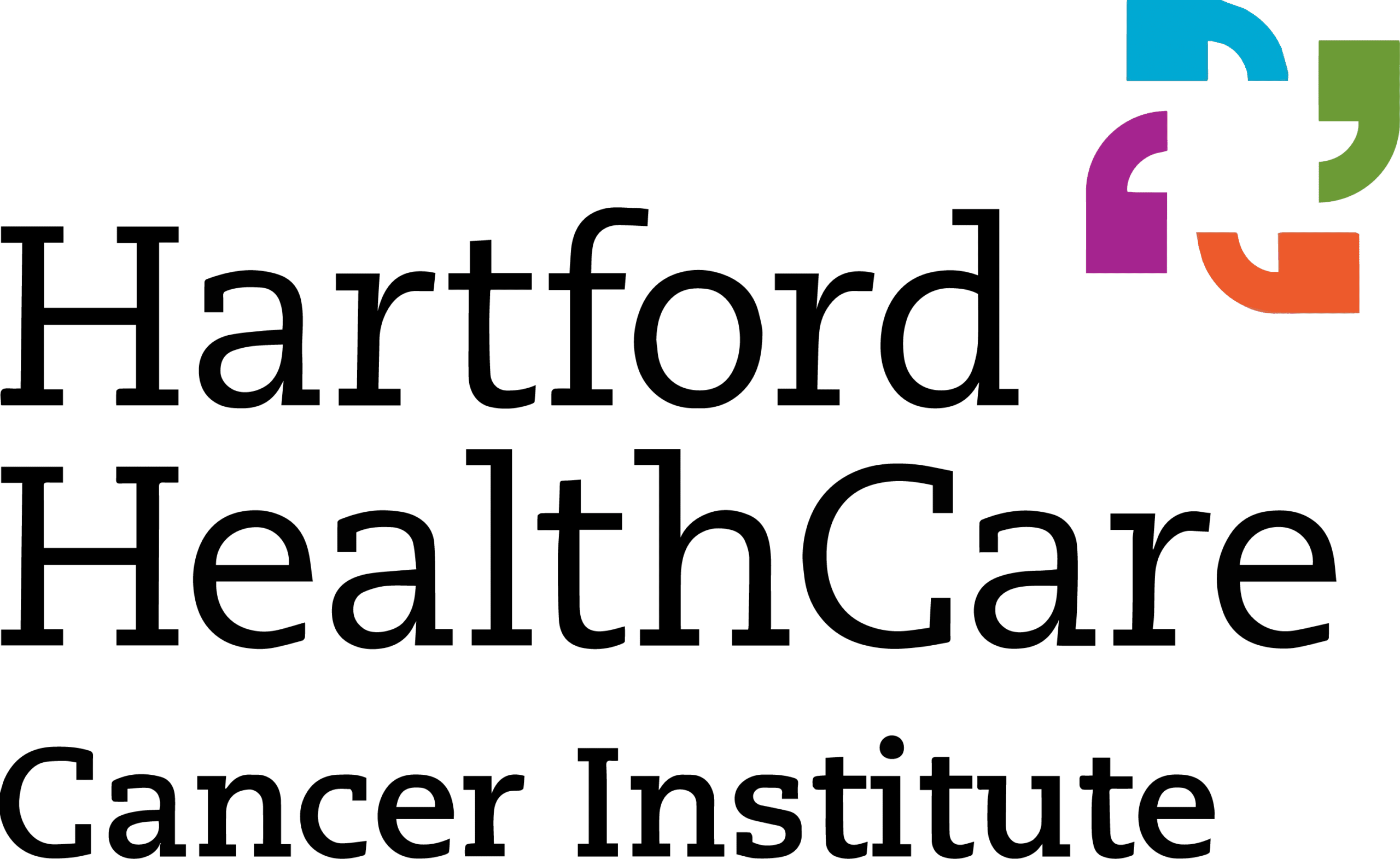In any infusion center, balancing capacity and managing utilization is a complicated equation. The question “How do we do more with less while continuing to meet our patients’ needs?” is ever-present on leaders’ minds. Establishing a “Fast Track” model is one effective way to do so.
Meeting demand pressures faced by infusion centers
Infusion suites are shared resources and must accommodate an ever-increasing number of patients. A 2023 survey carried out by LeanTaaS and the Association of Community Cancer Centers indicates that demand for infusion services continues to increase, three years out from the onset of the COVID-19 pandemic. Many facilities are unable to adjust physical layouts to account for growth; even when they do, construction is expensive and time-consuming.
As demand for infusion services rises, the importance of maximizing throughput is paramount. Traditional workflows often result in long wait times for patients, creating frustration and potentially delaying the start of treatments. By establishing a Fast Track resource, which facilitates having shorter services in-and-out while utilizing the main infusion chairs for longer treatments, outpatient infusion centers can streamline operations.
A Fast Track has the potential to expedite certain treatments without compromising safety or quality of care. Patients who need shorter treatments or routine, lower-risk care can be identified and assigned to the Fast Track area. Under the right circumstances, cohorting appropriate treatments helps infusion centers strategically manage resources.
Defining the Fast Track and its benefits to the infusion center efficiency
Fast Track is a methodology that utilizes a dedicated physical and clinical resource to cohort shorter treatments in the infusion suite. While pooling resources is the most efficient way to manage limited resources, in some situations segmenting a certain population can be advantageous. Some infusion suites have physical limitations, such as patient chairs that do not recline or are uncomfortable during long treatment. Additionally, some medical professionals cannot administer chemotherapy for personal or licensing reasons. These resources are non-fungible and could be taken out of the general pool and dedicated to the Fast Track. By grouping shorter treatments into a dedicated resource, the center can decrease overall wait times for patients and create more efficient throughput.
Knowing if Fast Track is the right option for the infusion center
A Fast Track model is not appropriate for all centers. Centers that are very small or do not have adequate/consistent demand for routine quick treatments generally would not benefit from a Fast Track model and should keep a pooled resource model instead. If a center does have a sufficiently high volume of treatments, one that can keep a physical (chair) and nursing resource occupied for a full (or half) shift, then a Fast Track might be the appropriate choice. Leaders can use the framework below to consider if their infusion center’s demand and resources would be amenable to utilizing the Fast Track strategy.
Identifying demand for Fast Track
In order for a Fast Track to work, it’s essential to determine exactly what appointments or visit types are clinically appropriate to place in the Fast Track category. These appointments tend to be relatively short in duration and low in acuity, such as port draws, port flushes, short injections, and pump disconnects. These appointments do not need to be limited to oncology services; other high volume non-hazardous drugs could be suitable for a Fast Track model and potentially the option to staff it with different clinical resources (e.g. LVN, LPN, MA) depending on state regulations and mix of services the center designates for this space. Centers can leverage historical data to quantify the number of appointments scheduled and completed by day of week and hour of day. Ideally, there should be a high enough demand daily to justify dedicating a clinical resource to managing these appointments.
As an example, if port draws and injections are scheduled with an expected duration of 20 minutes, a clinical resource could theoretically manage three of these appointments per hour. If the center is open for eight hours per day, ideally 15-18 of these appointments would be scheduled per day.
Sometimes a center will have a high demand for Fast Track eligible appointments at one part of the day, but a much lower demand in other parts of the day. In this case, leaders could consider dedicating resources during the busy times to a Fast Track and floating those resources back to the general infusion pool during other times.
For example, if a center schedules a heavy volume of port draw appointments first thing in the morning, it may make sense to dedicate one or more nurses to those port appointments in the morning, then incorporate the nurses back into the infusion pool when the demand grows for treatment, usually around 10:00 AM.
Physical and clinical resources in the Fast Track
When determining whether a Fast Track is right for an infusion center, there are two types of resources to consider, physical and clinical. A key physical resource is an underutilized space in or around the infusion suite. Identifying or repurposing this underutilized space or non-infusion chair will add resources to infusion suite operations: the space doesn’t need to be large, but should allow the center to keep all supplies immediately at hand so nurses don’t need to spend extra time leaving that space to acquire them.
This is an opportunity for infusion center leadership to think creatively and “outside the box”: could an unused vitals bay be converted or an underutilized bed in the infusion suite swapped with multiple Fast Track chairs? There’s no one correct answer for all centers.
If a dedicated space is not an option at a center where there is sufficient demand for Fast Track type appointments, repurposing an infusion chair can work. This is not ideal, however, because it is removing resources from the infusion suite and could limit capacity. Center leadership should also always be sure to consult state licensing or certification rules on how space can be utilized. The facilities and construction departments can support and guide through regulatory requirements.
Clinical resources, or clinical staff, are also an important consideration. The goal is to evaluate each day and ensure sufficient volume to keep clinical resources busy for a full or half shift. If this is possible, a Fast Track may be worth establishing. Another consideration is whether any staff members are on special restrictions for their patient assignments and might be good candidates for managing Fast Track appointments. Additionally, if state rules would allow the staffing of this area with a different role, such as an LPN/LVN/MA, this can help keep each member of the clinical team working at the top of their license and stretch certified nurses further.
To learn more about using technology to help optimize unique infusion resources and improve efficiency overall, see iQueue for Infusion Centers
Five questions to consider when evaluating a Fast Track model for the infusion center:
- What type of appointments would qualify for a Fast Track?
- How many of these appointments do we schedule and complete on average each day of the week? Are these volumes consistent week-to-week or highly variable?
- What are the current scheduling patterns for these visits?
Note: Fast Track appointments usually require 1:1 care throughout the duration of the visit. Ensuring appointments can be spaced out in a way that allows the clinical resource to manage each appointment as they come will be critical.
- Do we have a physical and/or clinical resource to dedicate to this effort? Would we need to justify an additional FTE (e.g. LPN vs RN) to implement?
Follow up: Do we want the clinical resource to rotate through the Fast Track, or do we have a particular qualified team member who enjoys a fast paced, procedure-focused assignment?
- Do we have the right supplies or equipment nearby to actually turn over the chairs rapidly?
Follow up: Is the Fast Track area close enough to the lab transport tube? Is there adequate medication storage nearby for fast track injections (e.g. can a small medication fridge be put in the space?) Do we have or could we acquire locked storage for sharps?



